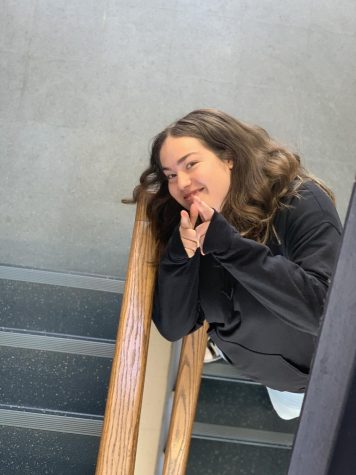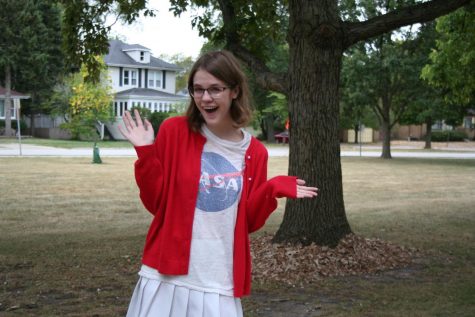Homelessness in RBHS
March 11, 2020
Most students in Riverside Brookfield have never had to think twice about where they’re going to get their next meal, or how their living situations may change. Those that attend RB will usually live relatively comfortable lives, only stressing over the next test or an assignment with an impending deadline. However, there are some students without this luxury of safety and security. There are 24 students in RB that even identify as homeless–around 10 more than recorded in 2011.
In order to give homeless students the potential to have the same learning experience as their peers, RB has existing support systems ready to help. According to homeless liaison Christine Tappert, “Anything they need to maintain their education–so, meaning, if they need school supplies, if they need transportation, if they need clothing requirements like a P.E uniform, it’s provided. Fees are waived so that there’s no fees attached to their registration.”
Of course, this protocol is all thanks to the McKinney Vento Act of 1987, an act that, once passed, provided money for homeless shelter programs. It gives homeless students the additional rights they need in order to get proper schooling. “It’s actually a federal law,” says Tappert. “The McKinney Vento Act tells schools that one, they have to have a homeless liaison, which is my role here, and two, that they have to provide services to students that are homeless.” Overall, it ensures that students without a stable residency to go to can still receive a comfortable education without worrying.
So what actually counts as a homeless student? Contrary to perhaps a popular belief, being homeless doesn’t necessarily just mean someone living on the streets. “Students that fall under the McKinney Vento Act would be students living with other families, they could be living in a shelter, a hotel or a motel, they could be foster kids… really anyone without permanent housing would qualify,” says Tappert.
As Tappert mentioned, any student without a fixed, regular, or adequate home is considered homeless. In accordance to a website called “my school my rights,” a fixed residency is one that’s stationary and permanent, a regular residency is one used on the nightly basis, and an adequate residency is one that meets physical, psychological, and emotional needs (something warm, safe and reliable).
All in all, RB’s overall goal has been to give students struggling with homelessness a comparable education to those who do not. By providing them such sources as food and clothing, these students have the potential to learn in a comfortable environment.


